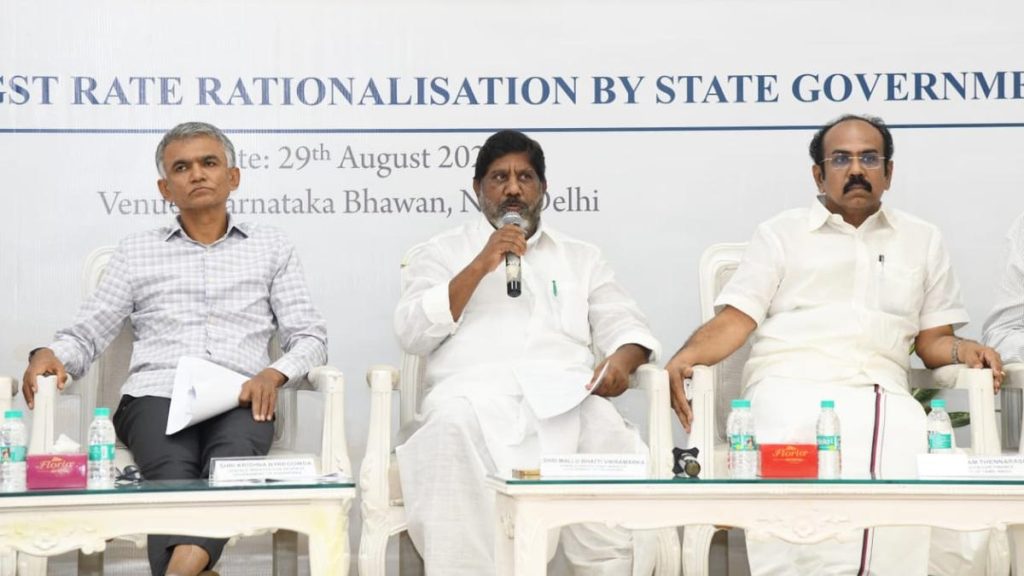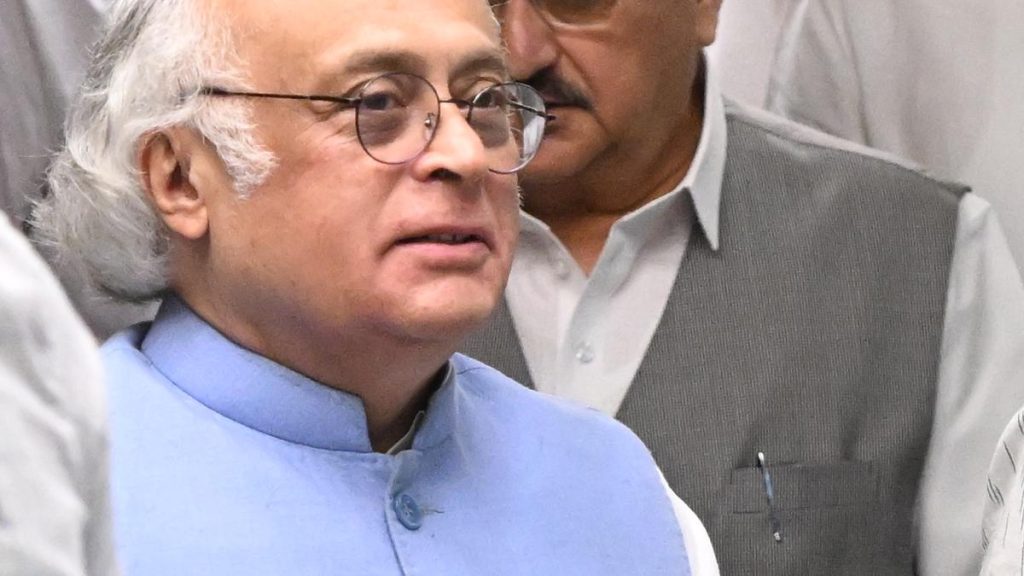Now Reading: Kerala Sees Drop in Illnesses but Rise in Treatment Costs: Study
-
01
Kerala Sees Drop in Illnesses but Rise in Treatment Costs: Study
Kerala Sees Drop in Illnesses but Rise in Treatment Costs: Study
Quick Summary
- A study titled kerala Studies 2.0, prepared by the Kerala Sasthra Sahitya Parishad (KSSP), examined socio-economic and political changes in Kerala between 2004 and 2019.
- The percentage of people falling sick every two weeks dropped from 206 per 1,000 in 1987 to 74 in 2019,attributed to reduced infectious disease outbreaks.
- The cost of treatment per episode rose from ₹17 in 1987 to ₹234 in 2019, wiht annual per capita medical expenses increasing from ₹89 to ₹678 during the same period. Lifestyle diseases and higher life expectancy were noted contributors to rising healthcare costs.
- Improved public health facilities likely contributed to stabilizing treatment costs between 2004 and 2019.
- Middle-class households expanded significantly during this period; air-conditioned homes rose from just 1% of the population to about 10%. Consumer durable purchasing costs increased by over threefold (356.6%).
- Wedding expenses for girls and catastrophic health incidents were identified as main causes of indebtedness among families.
- Public satisfaction with State/local body institutions improved compared to Central government institutions, reversing perceptions reported in a similar study conducted earlier (2004).
- Former Finance Minister T.M thomas Isaac officially released the book on july 13, Kozhikode.
Indian Opinion Analysis
The results presented by Kerala Studies 2.0 highlight critically important socio-economic shifts while illustrating key trends that define modern Kerala’s challenges and progress. the declining sickness rates suggest advancements in public health infrastructure but juxtapose sharply against escalating healthcare expenditures tied possibly to changing lifestyles or demographic patterns like aging populations.The swing toward higher confidence in local governance can be viewed optimistically-it underscores citizens’ trust at a grassroots level which may boost developmental initiatives under state policies tailored for direct community impact.
though, concerning insights into personal debts-notably linked with cultural norms surrounding weddings-invite broader dialogues on societal priorities shaping financial burdens alongside thrust actionable structuring Both Costs Or New Debt.Safe socioedge
For Additional Details Source link!Image Placeholder






















